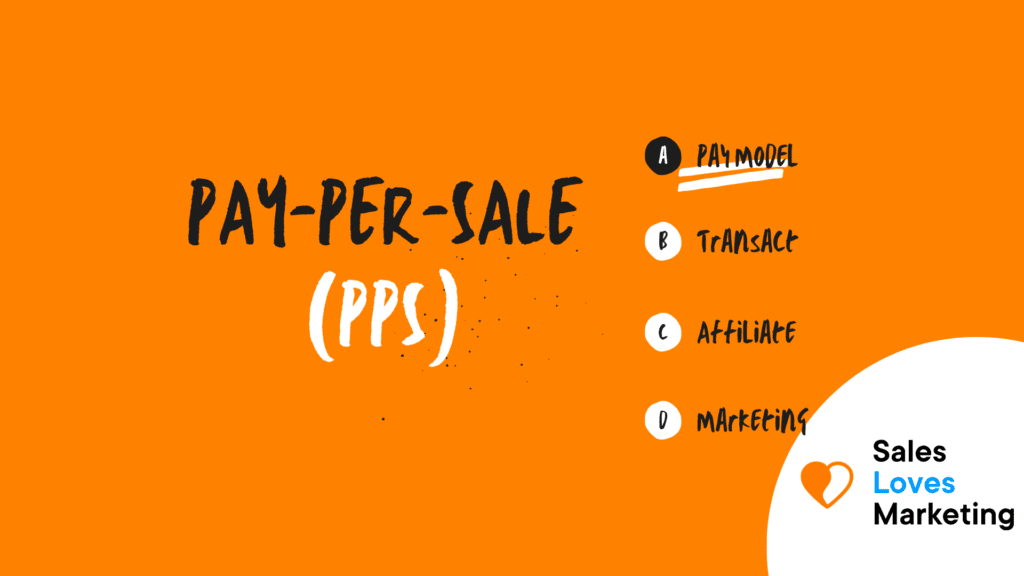What is Pay Per Sale?
Pay per sale is sometimes addressed as cost per sale; marketing is a process that pays the owner or publisher of a Website based on the number of sales that are generated from an advertisement on the site.
Under this agreement, the advertiser only has to pay for sales generated by the site based upon a prior agreed-upon commission rate. This process is the most favorable among advertisers; however, it’s often the least favorable option among publishers.
Why is Pay Per Sale important?
There are several reasons why Pay per Sale matters so much like:
- It’s easy
The PPS advertising model is simple and easy to execute. Once agreements are made, Website publishers simply publish ads to their sites and receive income from each sale. Advertisers provide the creative for the ads and handle the underlying technology to tabulate fees that go to publishers.
- Lets in the little guy
Even Websites that focus on specialized topics can play the PPS game. For example, being an Amazon.com affiliate for knitting products on a knitting blog can help bring in revenue for its publisher.
- Boosts ROI
PPS requires little upfront effort or costs but can bring in revenue for publishers, providing the possibility of a high return on investment. For publishers that understand their audiences and their audiences’ purchasing habit, PPS can be an excellent advertising option.
- Improves productivity
Calculating PPS supplies various numbers that can be used to point out areas where sales productivity can benefit from strategic improvements. However, this is an ongoing process, meaning PPS should be constantly calculated to properly assist companies in finding different ways to increase revenue and lower costs.
- Capitalize off reach
The larger your platform’s reach, the larger your ROI. An effort made to increase online engagement directly translates into revenue, creating a profitable avenue to funnel high performance. - Real-time offline tracking
Continue to track offline purchases from online ads with real-time analytics. Since you only pay when your customer pays, you’re able to continue to track each sale both on and offline.
How to use Pay per Sale in Digital Marketing?
Pay per Sale is the most commonly used method of payment in affiliate marketing, whereby the advertiser pays a commission to the website owner whenever a user first of all clicks on an affiliate link or on a banner on which it is being promoted and then buys a product or places an order. Cookies are used to establish the validity of the transaction.
Best practices of Pay per Sale.
To make good money and succeed in pay-per-sale advertising, there are fortunately some best practices that are good to employ to make it happen:
To maximize the sales coming from pay-per-sale generated leads, it’s best to consider automating the lead generation program. This will help the sales team spend more time on actually selling than managing the leads.
The second thing that should be done is to ensure having the right lead nurturing strategies in place to ensure a qualified lead can be quickly converted into a client.
Lead nurturing should represent an important part of the overall marketing strategies to warm up the leads to eventually making a sale.
Optimizing the website design and navigation to maximize conversion is pretty important for this, as an attractive-looking website will attract more leads.
Developing a great landing page and an easy conversion process online can help make tons of new sales depending on the nature of your products and services.
